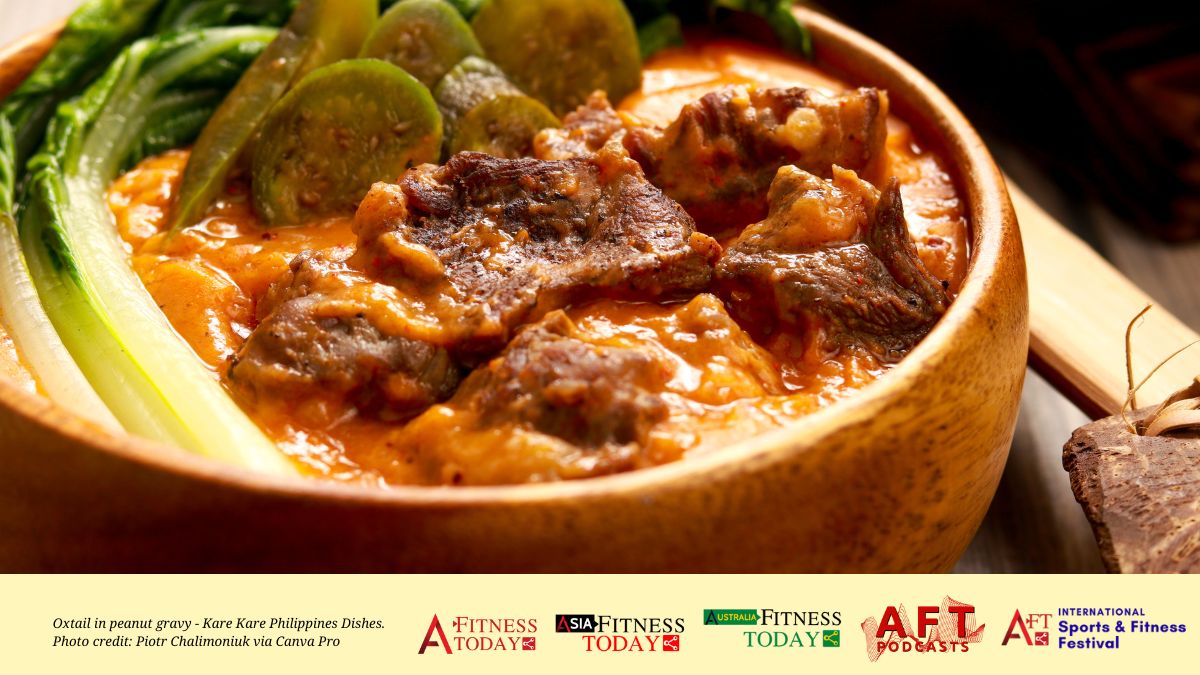What’s in a calorie?
Eating properly is simply not a priority or worry in their everyday lives. So what occurs at the beginning of each New Year? Individuals convince themselves, “Well, it’s time to go on a diet.” One of the most commonly used terms. First, we must understand what is calorie?
A calorie is a unit of energy. In nutrition, calories refer to the energy people get from the food and drink they consume, and the energy they use in physical activity. Calories are listed in the nutritional information on all food packaging. Many weight loss programs center around reducing the intake of calories (Yvette Brazier, 2017)
When we discuss “calories in food,” we typically mean “dietary calories” or “Kilo calories” (kcal) that are present in that item. The amount of energy needed to raise the temperature of one kilo gramme of water by one degree Celsius is equivalent to one dietary calorie.
For people wanting to control their weight or maintain a healthy diet, knowing the calorie count of food can be helpful. It is significant to remember that there are other factors to take into account when choosing a diet in addition to the amount of calories in a food item. For sustaining optimum health, other elements including the vitamin content and general balance of the diet are also crucial.
Popular ingredients in cuisine from the Philippines
- MEAT: Filipino cuisine tends to focus heavily on meat, particularly beef (baka), chicken (manok), and hog (baboy), with occasional goat dishes. (kambing). The major ingredient in meals like bopis, dinuguan, La Paz batchoy, sisig, and street food like adidas, Betamax or dugo, and isaw is offal, which is also frequently consumed by Filipinos. Several areas offer unique meat dishes, like those made with dog in the Cordilleras and crocodile in Palawan.
- FRUIT: The tropical flavour of many meals is contributed by fruits like calamansi (little limes, or calamondins), guavas (bayabas), mangoes (mangga), pineapples (pinya), and plantains (cooking bananas, or saging na saba), which are also prominent in Filipino cuisine. Soy sauce and calamansi are frequently combined to achieve the ideal balance of sour and salty.
- RICE: Rice is the traditional staple meal of the Filipinos; in addition to being steamed, cooked, and eaten plain with other foods, it is also used to make a variety of rice cakes, or kakanin, such as puto (rice cupcakes) and bibingka. (rice pancakes served in banana leaf strips).
- SEAFOOD: Fish and shellfish dishes abound in this island nation, particularly in the coastal and island areas. Fish or prawn pastes (bagoong) are famous from the Ilocos Region, tawilis (a species of sardine unique to Taal Lake) from Batangas, a variety of seafood dishes from Roxas City and sardines from Zamboanga City.
- VEGETABLES: In major courses, vegetables are typically served as a supplement and are sautéed, steamed, or stir-fried. Kangkong (water spinach)
- VINEGAR: A typical component in dishes like adobo sa suka, a variation of the well-known adobo, is vinegar (suka).
Traditional Dishes of beautiful Philippines
The Philippines has a rich and diverse culinary tradition, with a wide variety of dishes and flavors that reflect the country’s cultural influences and regional diversity. Some popular dishes in the Philippines include:
- Adobo – a dish made with meat (usually chicken or pork) marinated in vinegar, soy sauce, garlic, and other spices
- Sinigang – a sour soup made with tamarind, tomatoes, vegetables, and either pork, beef, or fish
- Kare-Kare – a stew made with oxtail, tripe, or beef, cooked in a peanut-based sauce and served with vegetables
- Lechon – a whole roasted pig that is a staple at many Filipino celebrations and events
- Pancit – a noodle dish made with rice noodles, vegetables, meat, and/or seafood
- Lumpia – Filipino-style egg rolls filled with meat, vegetables, and/or noodles
- Chicken Inasal – grilled chicken marinated in a mixture of vinegar, soy sauce, calamansi (Filipino lime), and other spices
- Tapsilog – a breakfast dish made with marinated beef (tapa), garlic fried rice (sinangag), and a fried egg (itlog)
- Halo-Halo – a dessert made with shaved ice, milk, sweet beans, fruit, and other toppings
- Bibingka – a traditional Filipino rice cake made with coconut milk and topped with salted duck egg and grated coconut.
Here are the approximate calorie counts for some common foods in the Philippines:
| Philippines Food | Calories per serving |
| Adobo Chicken | 300 |
| Pork Singgang | 300-400 |
| Lumpia Shanghai | 200 |
| Chicken Inasal | 300-400 |
| Kare-Kare | 400-500 |
| Lechon | 500-600 |
| Tapa | 400-500 |
| Pancit Bihon | 300-400 |
| Halo-Halo | 400-500 |
| Bibingka | 300-400 |
AFT Editor: Dear readers, which is your favourite Filipino dish? Tag us on Instagram @afitnesstoday.official and share it with us. We’d love to hear from you!
Like this?
Share it:
Calories in popular dishes from the Philipphines is licensed under a Creative Commons Attribution-ShareAlike 4.0 International license. Quote Source: https://www.asiafitnesstoday.com/calories-in-popular-dishes-from-the-philipphines/




Facebook Comments